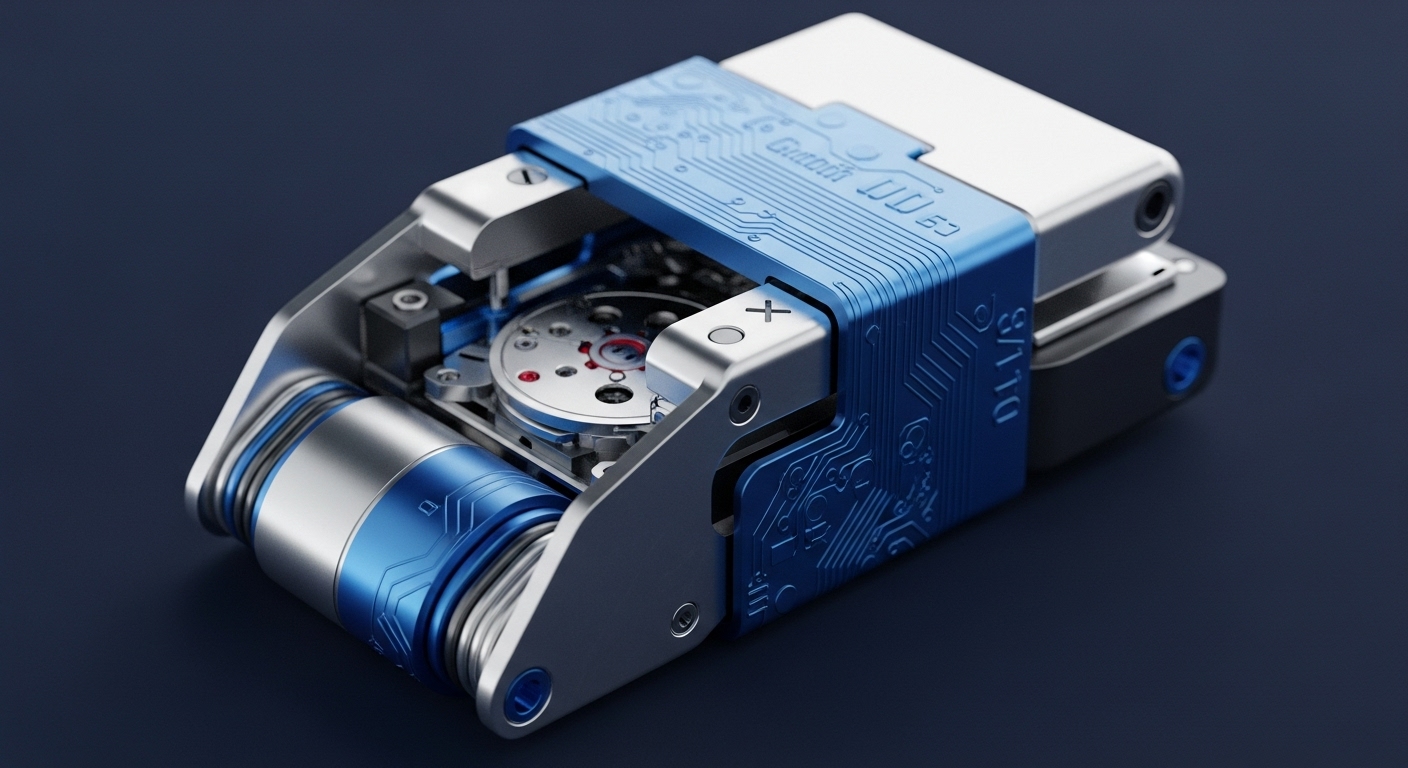
Briefing
Orthrus addresses the fundamental performance bottleneck in Multi-Byzantine Fault Tolerant (Multi-BFT) systems, where strict global transaction serialization severely limits concurrency and increases confirmation latency. The foundational breakthrough is a hybrid ordering model that strategically partitions transactions, allowing conflict-free operations to be processed via concurrent partial ordering while reserving global ordering only for transactions with strict dependency requirements. This mechanism incorporates a novel escrow primitive to guarantee atomicity and seamless integration between the two ordering types. The single most important implication is the unlocking of high-throughput, low-latency BFT architectures, positioning this theory as a core component for the next generation of scalable, enterprise-grade decentralized infrastructure.

Context
The established theory of Byzantine Fault Tolerance (BFT) consensus protocols, while providing robust security guarantees, traditionally relies on a serialized, global sequence of transactions to maintain a consistent state. Multi-BFT systems attempted to resolve the single-leader bottleneck by running multiple consensus instances in parallel. However, the requirement for a final, strict global ordering across all these parallel instances re-introduces serialization overhead, imposing significant confirmation latency and severely limiting the system’s capacity for concurrent execution. This theoretical limitation creates an efficiency ceiling for all decentralized applications requiring high-speed, verifiable transaction finality.

Analysis
The Orthrus protocol’s core mechanism is a hybrid transaction management system that moves beyond mandatory global serialization. The system identifies transactions that are inherently commutative, such as simple payments that only affect a single account’s balance, and processes them concurrently through their assigned consensus instance, achieving partial ordering. Transactions with complex, multi-instance dependencies, such as multi-party swaps, are flagged for global ordering to ensure consistency. The key primitive is an escrow mechanism that manages the state of multi-payer transactions spanning different parallel instances.
This escrow temporarily locks the relevant state, ensuring that even complex, globally-ordered transactions maintain atomicity across the partially-ordered environment. This architectural separation maximizes concurrency without compromising the necessary transactional integrity.

Parameters
- WAN Latency Reduction → 87% lower latency compared to existing Multi-BFT protocols.
- Replica Count → 128 replicas were deployed across WAN and LAN environments for testing.
- Ordering Model → Hybrid model combining concurrent partial ordering with selective global ordering.
- Core Primitive → Novel escrow mechanism ensuring atomicity for dependent transactions.

Outlook
This research opens new avenues for designing consensus protocols that can dynamically adapt their ordering strategy based on transaction complexity. The hybrid model and its escrow primitive lay the groundwork for a new class of high-performance, permissioned blockchain architectures capable of supporting real-time financial applications and enterprise supply chains. Future research will likely focus on formalizing the transaction partitioning strategy using advanced static analysis to automatically identify commutativity, further minimizing the need for global ordering and potentially unlocking even greater throughput in three to five years.

Verdict
The Orthrus protocol establishes a new theoretical paradigm for Byzantine Fault Tolerance by proving that transaction concurrency and state consistency are not mutually exclusive when a hybrid ordering mechanism is employed.
